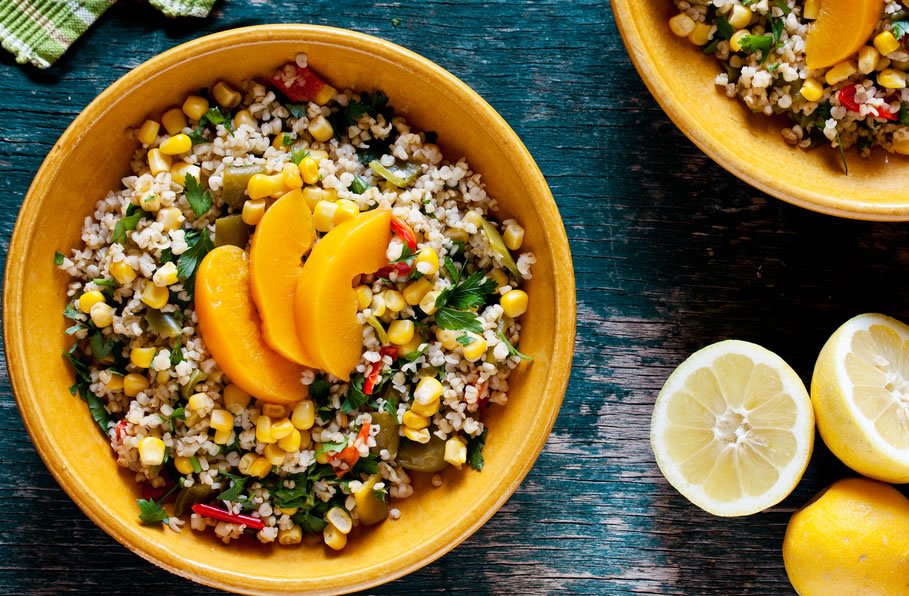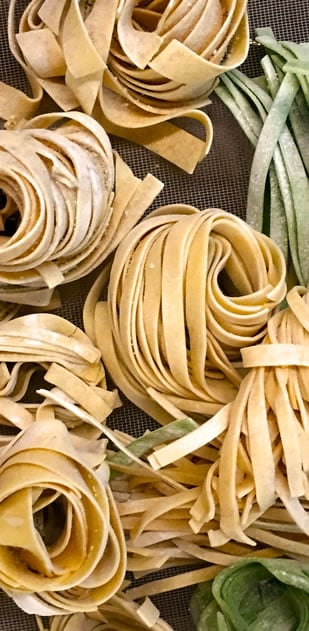5 Tips for Adding More Whole Grains To Your Diet
To help lower risk of heart attacks and strokes, trade processed, refined grains like white flour and white rice for more whole grains. To get more whole grains into your life, here are five simple tips.

The findings are based on an analysis1 of seven major studies involving more than 285,000 men and women who were followed for 6 to 15 years. Consistently, those who ate the most whole grains were less likely to suffer a heart attack or stroke, or die of cardiovascular-related diseases.
More Whole Grains
“Consuming an average of 2.5 servings of whole grains each day is associated with a 21% lower risk of cardiovascular disease compared to consuming only 0.2 servings,” stated Philip Mellen, MD, lead author. “These findings suggest that we should redouble our efforts to encourage patients to include more of these foods in their diets.”
More than 40% of U.S. adults say they eat no whole grains, reported Dr. Mellen.

“Years ago, scientists hypothesized that the higher rates of chronic diseases we have in the West, including heart disease, are due, in part, to a diet full of processed foods,” Mellen said. “Subsequent studies have born that out — especially with whole grains. Greater whole grain intake is associated with less obesity, diabetes, high blood pressure, and high cholesterol — major factors that increase the risk for heart disease and stroke.”
To get more whole grains into your life, here are five simple tips:
1
Don’t Be Fooled By a Name
Breads labeled “nine-grain,” “multi-grain” or “wheat” are often little more than white bread in disguise. Make sure the ingredient list starts with WHOLE grain, such as whole-wheat flour. Look for 100% whole grain breads.
2
Experiment. (It’s Fun and Delicious!)
Why settle for wimpy white cotton bread when you can complement your sandwiches with the boldness of hearty whole-grain wheat or rye. Try other sources of whole grains, too, like brown and wild rice, oats, popcorn, barley, and more exotic but increasingly available varieties like bulgar, quinoa, and millet.
3
Try, Try Again
Eaten any whole-wheat pasta lately? “You may be pleasantly surprised at how tasty many brands are now,” says Kimberly Gomer, Director of Nutrition and educator at the Pritikin Longevity Center. “A lot of people who tried whole-wheat pasta 10 to 15 years ago weren’t impressed, but much has changed since then.” If the chewiness of whole-grain pasta takes a little getting used to, start with 50% refined, 50% whole grain.
4
Cook One Meal For the Entire Week
On Sunday afternoon, cook up a large pot of one of your favorite whole grains, maybe brown rice or kasha. If stored tightly covered in the refrigerator, you’ll have grains-at-the-ready for days. If they start to harden, just fluff them up with a little warm broth or water.
Throughout the week, spoon your whole grains over vegetable soups and chilis. Serve with steamed or grilled vegetables or as a side dish with your seafood.
5
Start a New Relationship
Pair cooked quinoa with a veggie salad. Make sushi with brown rice. Or cook up crunchy whole-grain cereal in your wok.
Sources
1Nutrition,Metabolism & Cardiovascular Diseases, April 20, 2007; online edition.